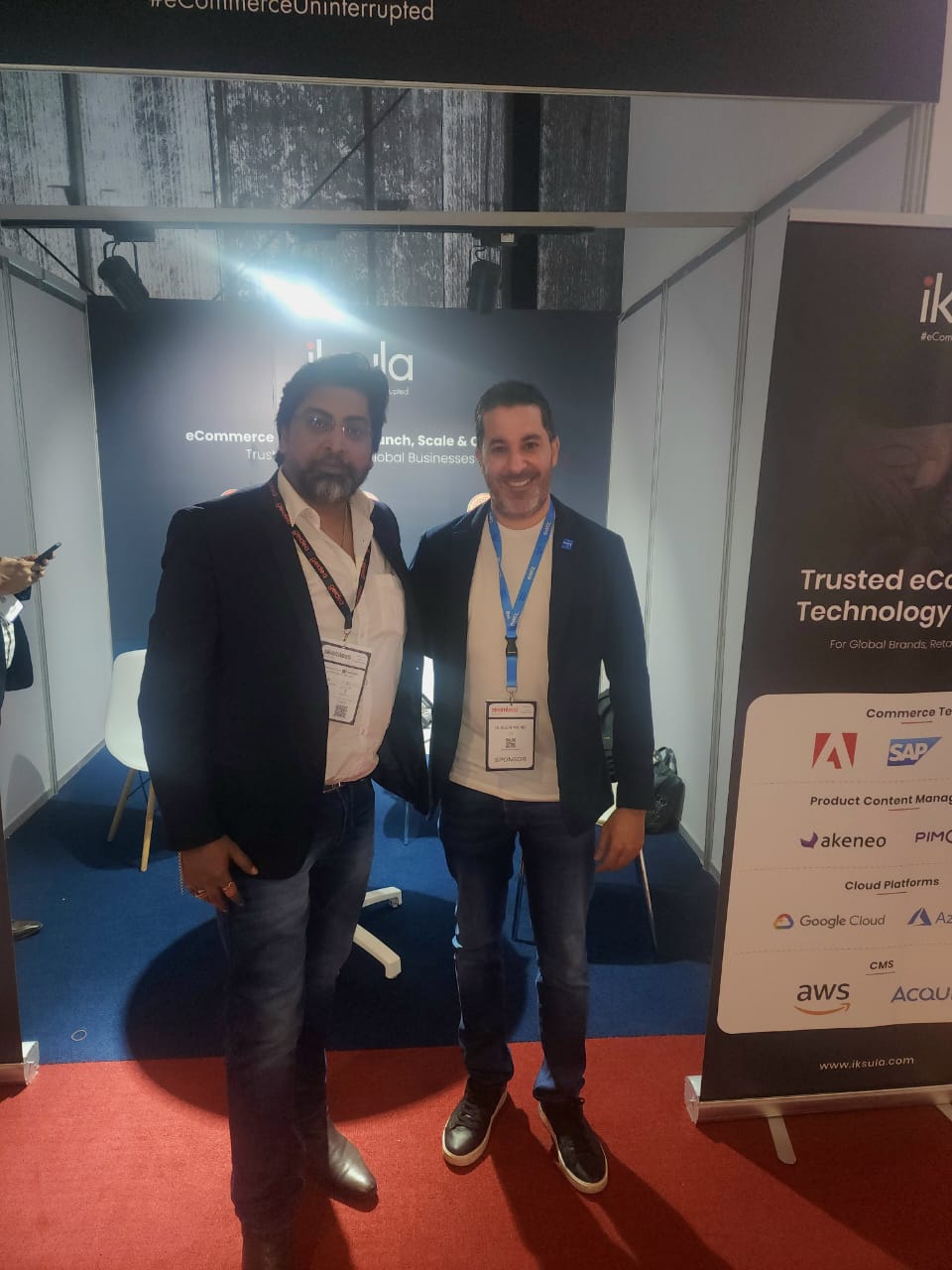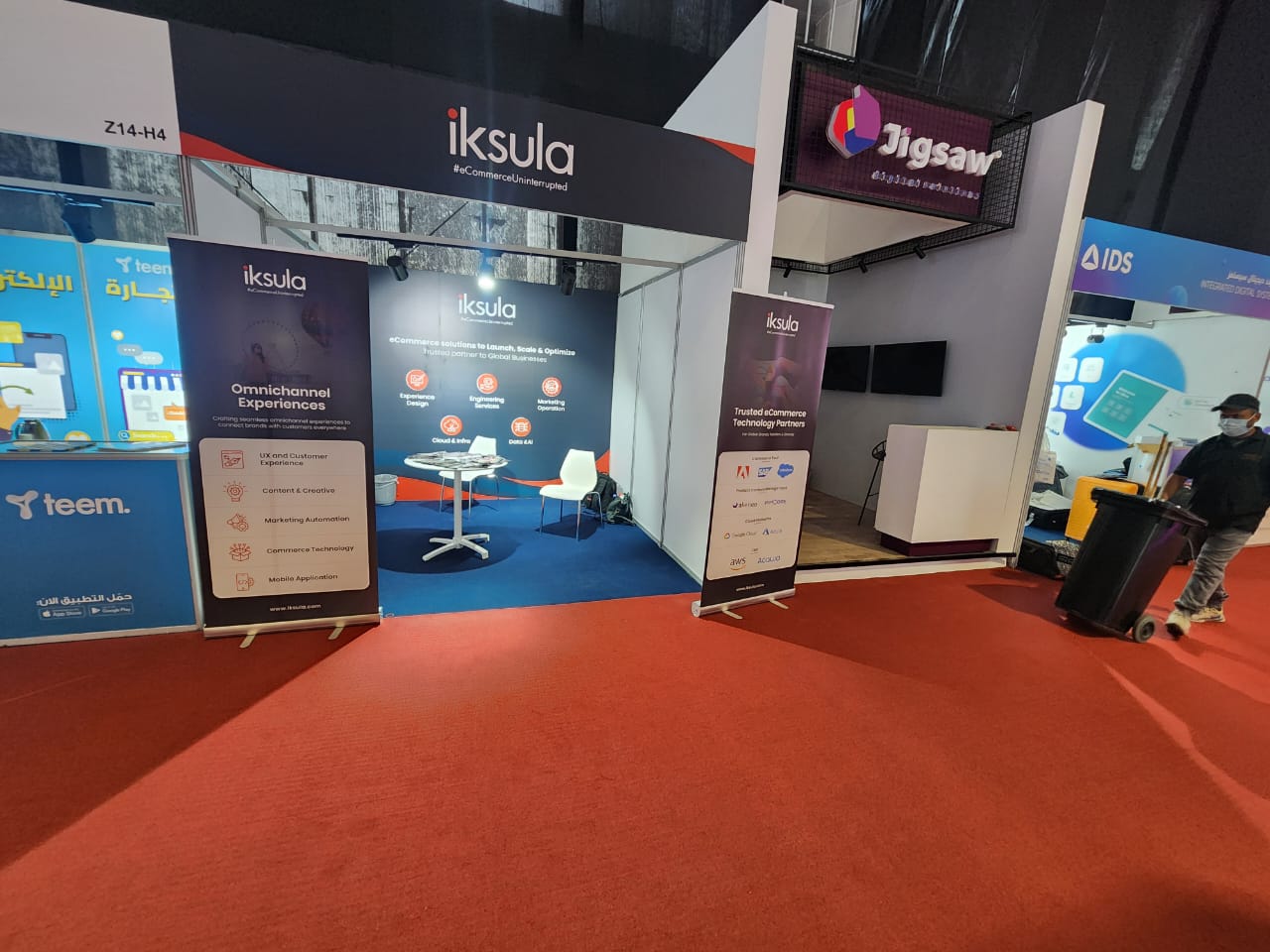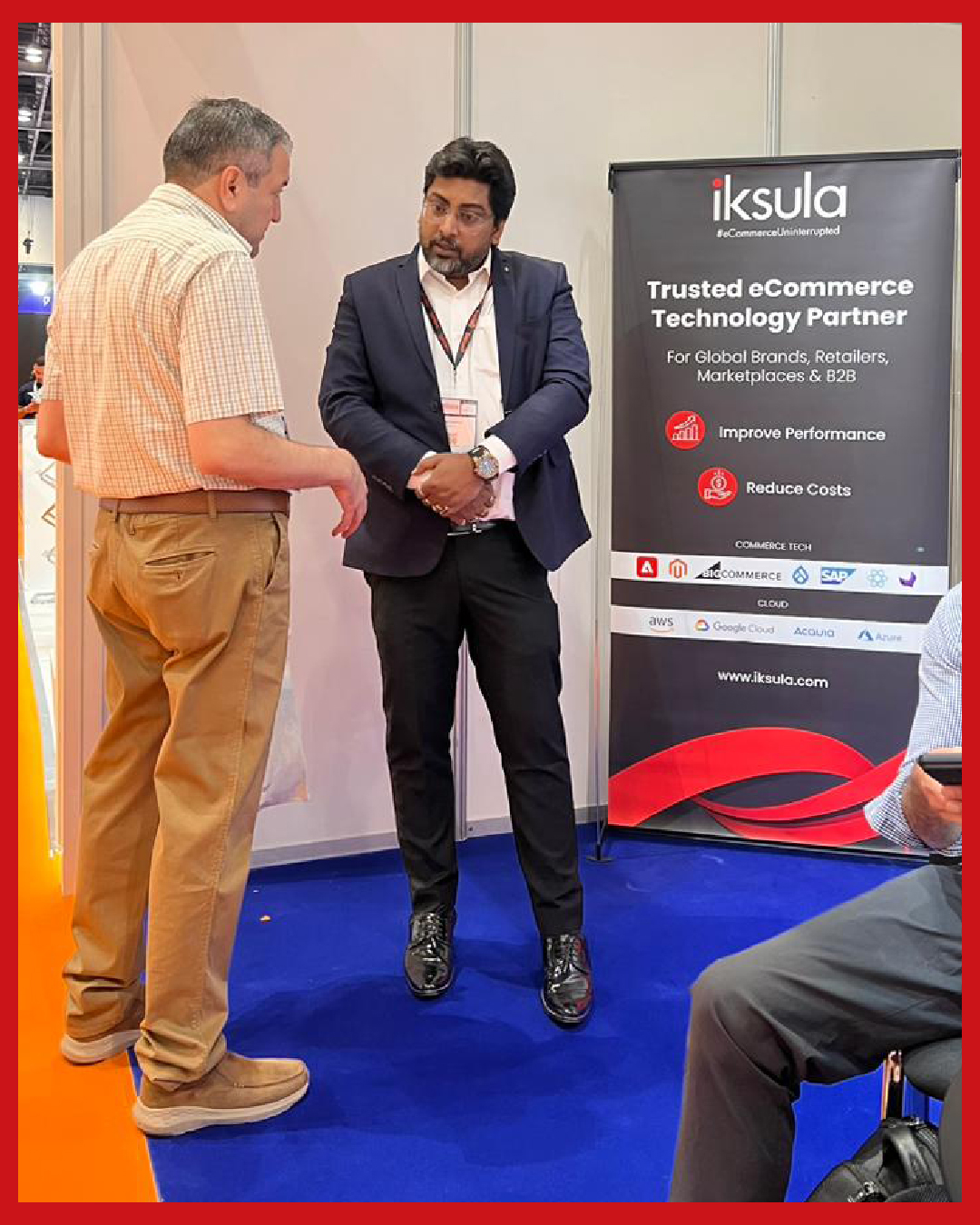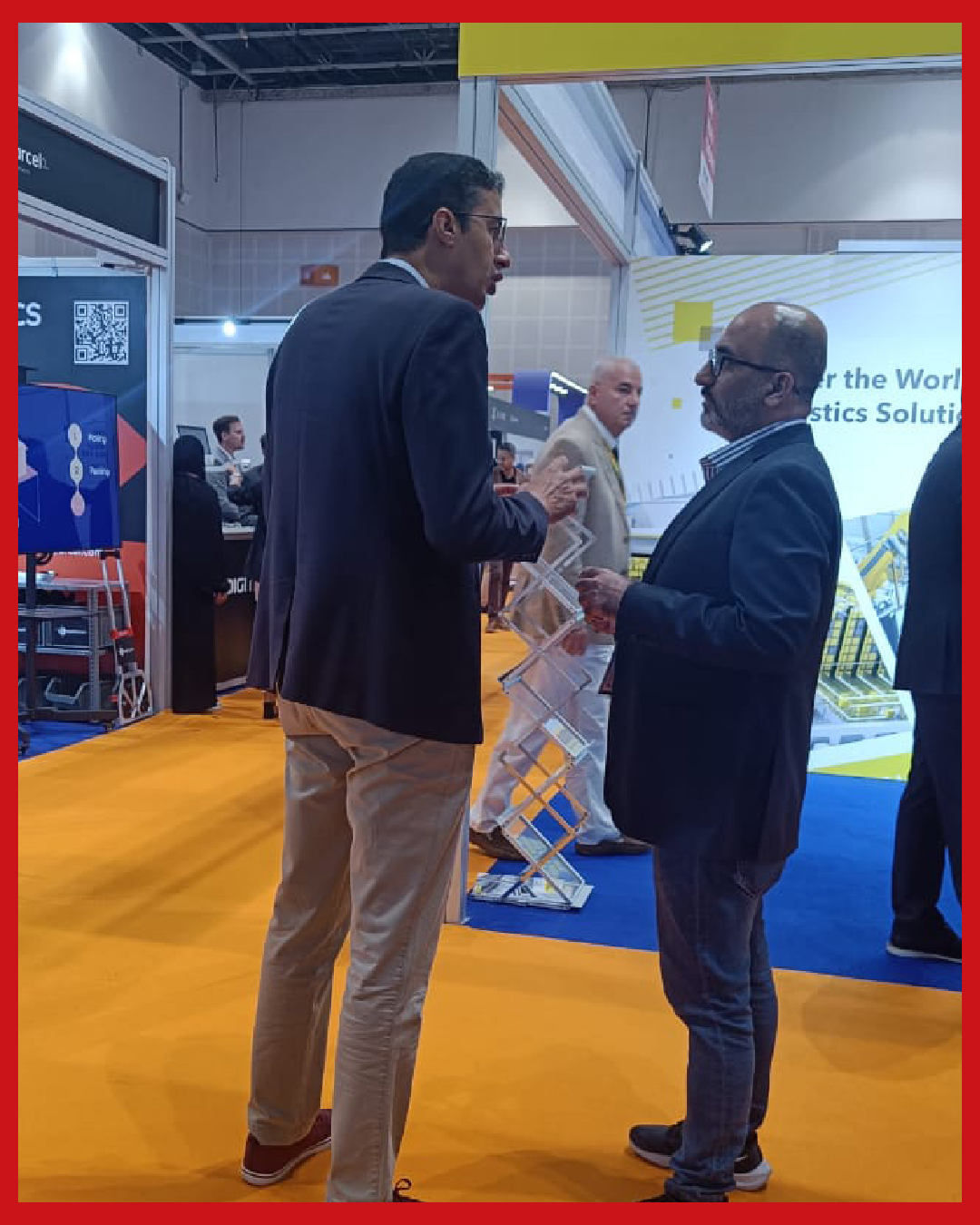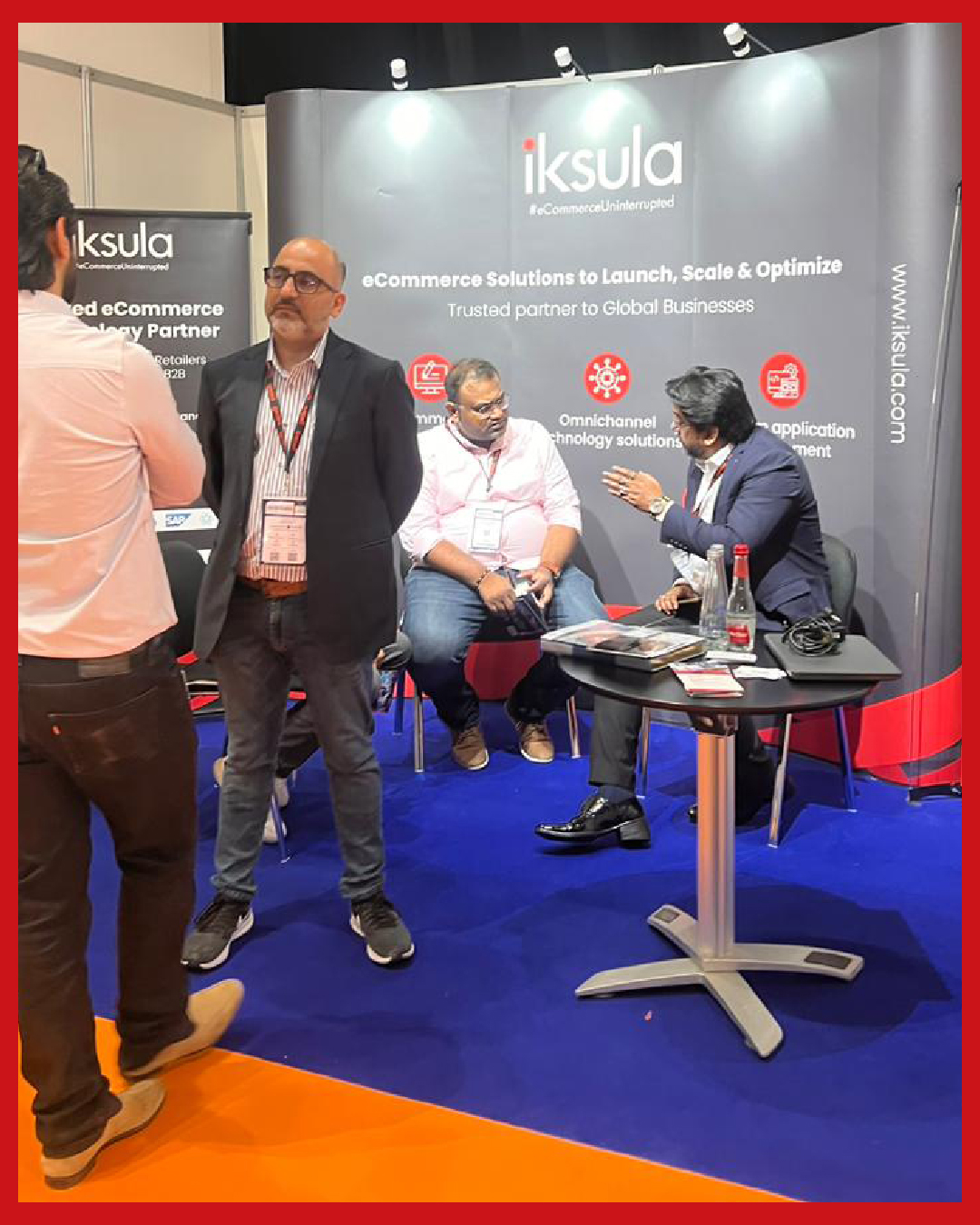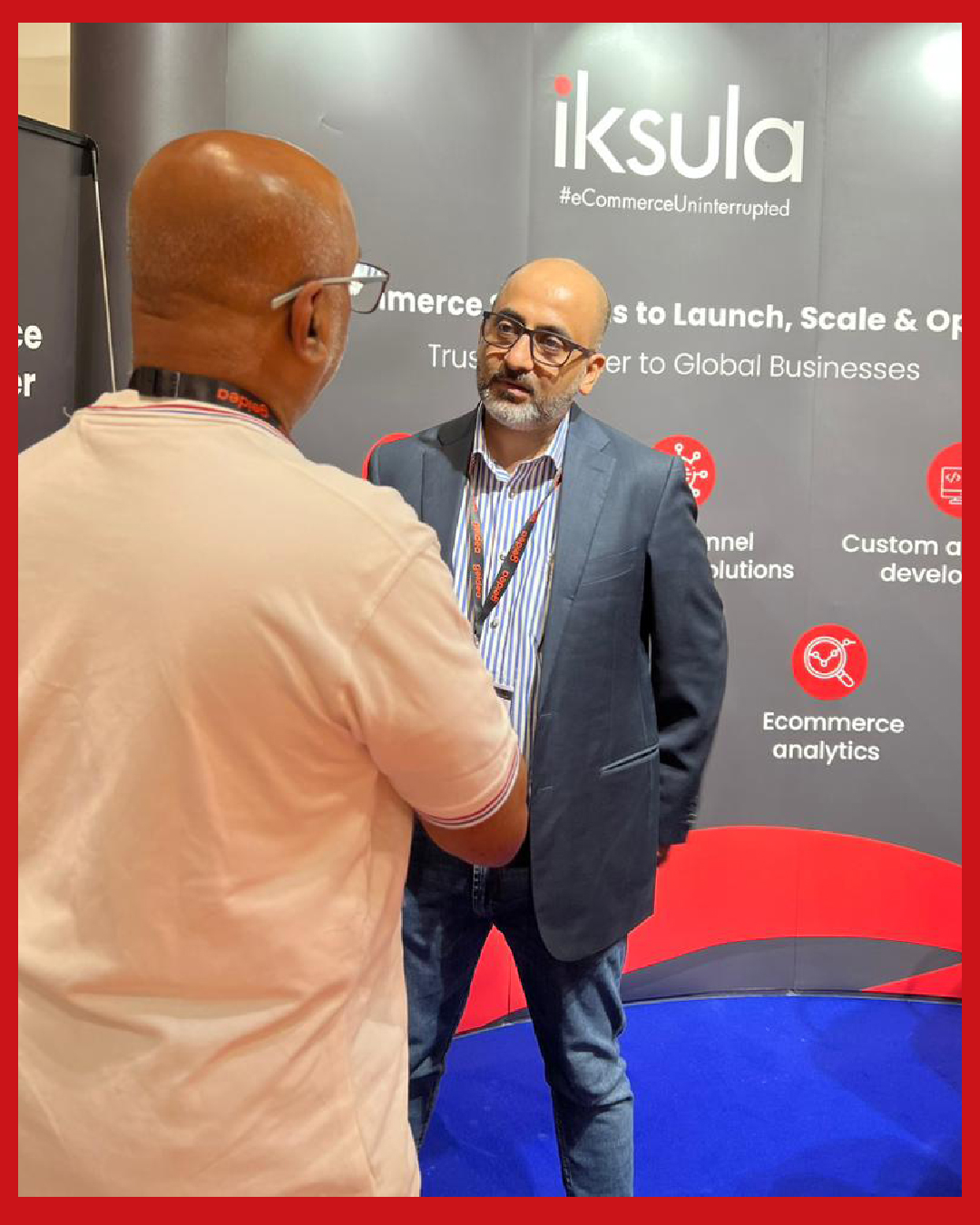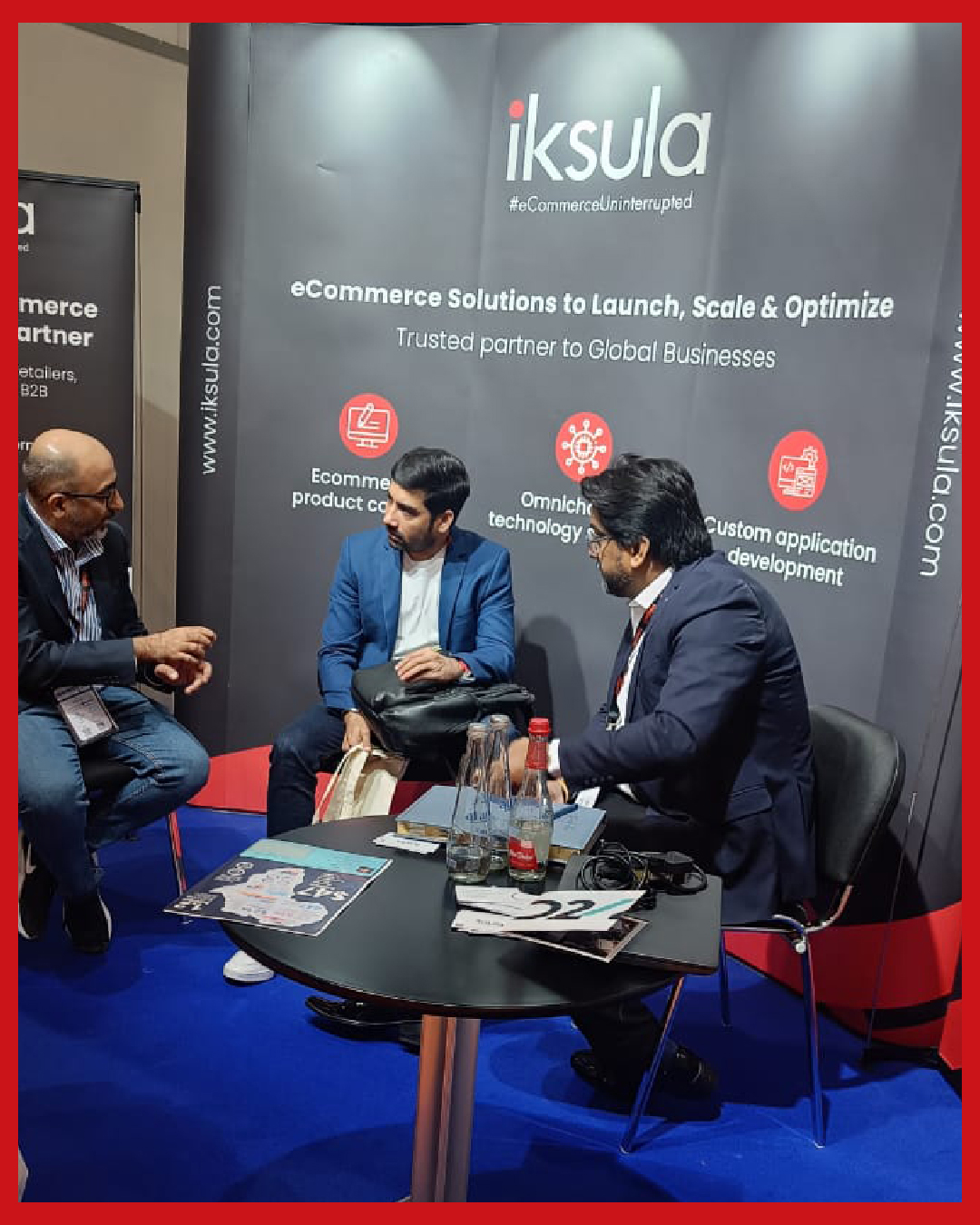Headless commerce decouples the frontend and backend of e-commerce systems, giving businesses the flexibility to innovate and quickly adapt. This method allows for personalized customer experiences and seamless integration of new technologies.
What is Headless Commerce?
Headless commerce primarily refers to the decoupling of the frontend and backend of an e-commerce application. In traditional e-commerce platforms, the frontend (the part of the website that customers interact with) and the backend (which handles commerce functionalities like product catalog management, order processing, and payment processing) are tightly integrated. However, in headless commerce, these two components are separated, allowing them to operate independently. This separation aligns with the headless commerce definition and headless commerce separates these two components effectively.
This separation is facilitated through the use of APIs (Application Programming Interfaces), which enable seamless communication between the frontend and backend systems. This API-driven approach not only enhances backend development but also allows for the separate management of various functionalities, leading to a more flexible and adaptable system.
Essentially, headless commerce empowers businesses to deliver superior performance and customer experience by leveraging the strengths of both the frontend and backend commerce functionality independently.
Key Differences Between Headless and Traditional Ecommerce
In headless commerce, the frontend and backend systems are decoupled using APIs, allowing for more flexibility and adaptation to change. Traditional e-commerce platforms often rely on predefined templates and integrated systems, which can limit customization options and slow down the implementation of new features. In contrast, headless commerce platforms provide extensive customization options, giving businesses greater control over their user experiences.
One of the significant advantages of headless architecture is its ability to offer better performance and scalability. Since the frontend and backend can evolve independently, businesses can avoid the sluggishness associated with monolithic systems. This independence also enables companies to integrate new tools and technologies easily, fostering a culture of continuous improvement and innovation.
Moreover, the flexibility provided by headless commerce allows businesses to tailor their online presence to align closely with customer expectations. This adaptability is crucial in a rapidly changing digital landscape, where staying relevant often means the difference between success and failure.
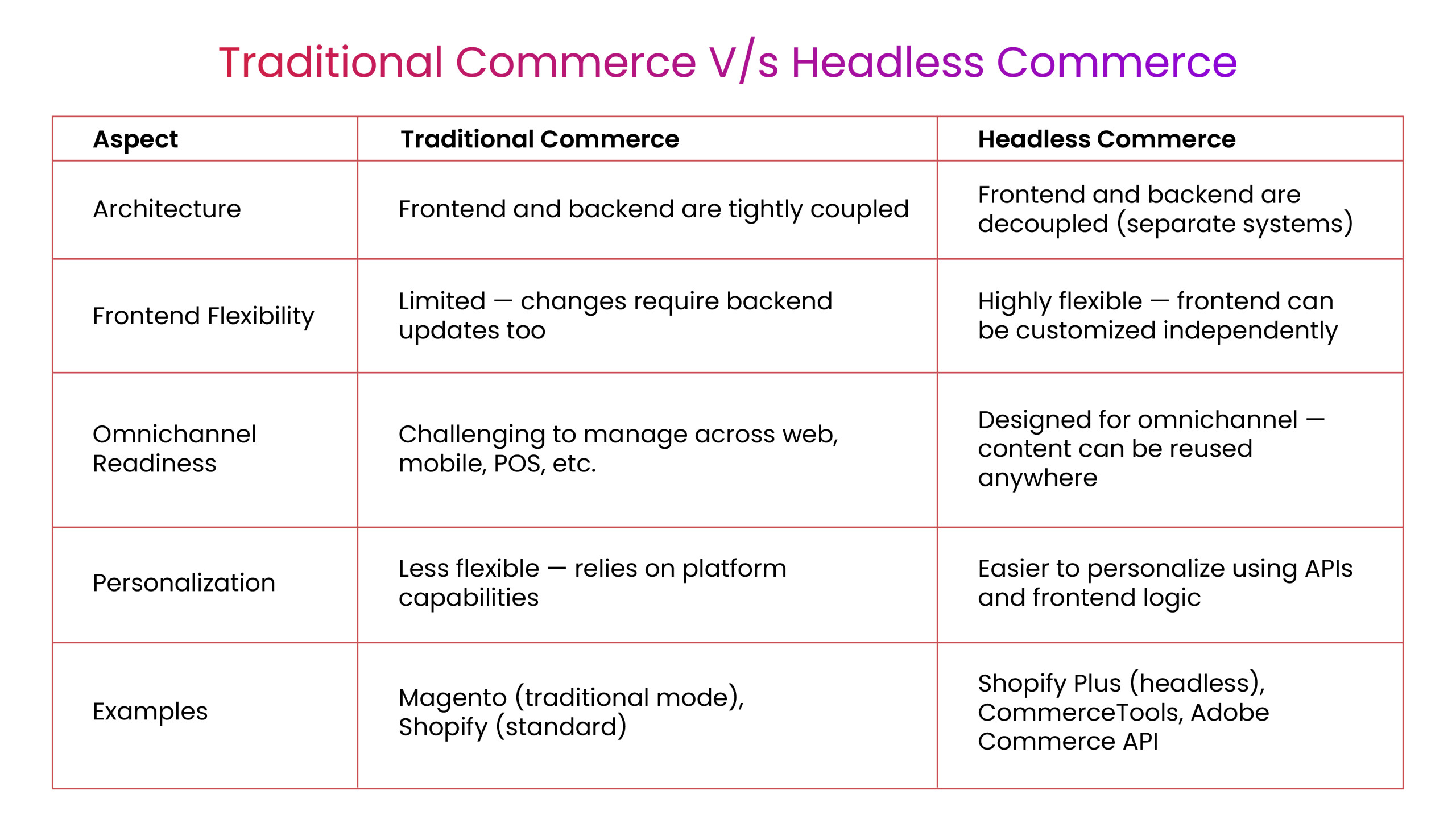
Benefits of Adopting a Headless Commerce Platform
Adopting a headless commerce platform comes with a myriad of benefits that can transform how businesses operate and interact with their customers. The flexibility offered by headless commerce allows brands to stay relevant by enabling rapid adaptation to emerging technologies. This is particularly advantageous in an era where consumer preferences evolve at lightning speed.
Additionally, headless commerce significantly reduces time-to-market for new features and updates, allowing businesses to introduce enhancements without disrupting their e-commerce infrastructure. The capacity for faster iteration and deployment means that businesses can stay ahead of the curve, continuously improving their offerings to meet customer demands.
Let’s delve deeper into the specific benefits in the following subsections.
Enhanced Flexibility and Customization
One of the standout features of headless commerce is its ability to customize user experiences and address unique customer needs effectively. Unlike traditional e-commerce platforms, which often come with rigid templates and limited customization options, headless commerce allows businesses to integrate new technologies such as AI and ML to enhance personalization and automate processes.
This level of customization and innovation is particularly beneficial for developers, who gain the freedom to experiment and rapidly develop new features without the constraints of traditional systems. This not only improves customer engagement but also ensures that the user interface remains fresh and aligned with the latest market trends.
Improved Site Performance and Scalability
The architecture of headless commerce supports independent scaling, allowing businesses to manage high traffic more effectively. By decoupling the frontend from the backend, changes to the user interface can be made without affecting the backend functionality, promoting better load management and site speed. This is a key aspect of ecommerce architecture.
This scalability is crucial for businesses looking to grow and adapt to changing market demands. Techniques such as lazy loading and the use of content delivery networks (CDNs) can significantly improve site performance, driving more conversions and lowering customer acquisition costs.
Overall, the improved site performance and scalability offered by headless commerce are key factors in enhancing customer engagement and satisfaction.
Faster Time to Market
Headless commerce enables faster iteration and quicker deployment for new projects, significantly reducing time to market. Businesses can rapidly prototype and deploy new functionalities on a headless platform, allowing them to quickly launch new frontend experiences and react swiftly to market trends and customer preferences.
This rapid development cycle enhances competitiveness by aligning with shifting consumer trends and market demands. The ability to quickly introduce updates and new features ensures that businesses remain agile and responsive, providing a significant edge in the dynamic digital commerce landscape.

Challenges of Implementing Headless Commerce
While the benefits of headless commerce are compelling, it’s important to acknowledge the challenges associated with its implementation. One of the primary challenges is the increased complexity of managing multiple independent systems, which can lead to significant operational difficulties. This complexity often requires higher initial investments and substantial development resources.
Maintaining a seamless user experience across different platforms can also be. challenging, as distinct design requirements emerge from various frontend interfaces. Additionally, setting up headless content management systems tends to be more complicated compared to traditional systems, contributing to operational complexity.
Businesses must be prepared to invest in comprehensive training for their staff to address the learning curve associated with headless commerce implementation.
Common Use Cases for Headless Commerce
Headless commerce offers versatile applications across various business models and industries. One of the most common use cases is delivering a seamless omnichannel experience across different sales platforms. This capability allows businesses to create tailored shopping experiences and maintain consistent customer engagement across multiple devices and platforms, showcasing headless commerce examples.
In addition to omnichannel retail, headless commerce is highly effective when integrated with Progressive Web Apps (PWAs) to enhance website performance and user satisfaction. Furthermore, headless content management systems enable businesses to manage content independently from their e-commerce platform, providing greater flexibility and control.
Let’s explore these use cases in more detail in the following subsections.
Omnichannel Retail
Headless commerce delivers seamless experiences across various sales channels, allowing businesses to create consistent and engaging customer interactions. This approach enables retailers to quickly adapt to evolving customer preferences without overhauling their entire platform, facilitating easier integration of new channels and devices as they emerge.
Leveraging a headless CMS allows businesses to create channel-specific content and various user interfaces, enhancing the overall customer experience. This flexibility empowers businesses of all sizes to innovate and adapt, ensuring they remain competitive in a rapidly changing market.
Progressive Web Apps (PWA)
Integrating Progressive Web Apps (PWAs) with headless commerce can lead to increased customer engagement and improved overall website performance. PWAs provide a native, app-like experience for users, which enhances engagement and satisfaction.
For example, Canvas 1839 uses a PWA built on Gatsby to enhance user engagement and efficiency. The combination of PWAs and headless commerce ultimately results in better site performance and higher user satisfaction.
Content Management Systems (CMS)
A headless CMS enables businesses to manage content independently from the e-commerce platform, enhancing flexibility and control. This separation allows for better integration with backend systems and facilitates the creation of a modern user interface that aligns with customer expectations and market trends.
Decoupling content management from e-commerce functionalities allows businesses to leverage the strengths of both systems, delivering a superior digital commerce experience. This approach is particularly beneficial for managing complex content requirements and ensuring a seamless user experience across various touchpoints, aligning with effective business logic.
How to Get Started with Headless Commerce
Getting started with headless commerce requires careful planning and consideration. Bigger enterprises with larger IT teams and a DIY attitude typically adopt headless commerce, but it can also be implemented by businesses of all sizes with the right resources. Implementing headless commerce involves a significant investment in development resources and a clear understanding of the current digital infrastructure.
A step-by-step approach is crucial for successful implementation, starting with assessing business needs and goals, choosing the right headless commerce platform, and following a detailed implementation guide. Let’s break down these steps in the following subsections.
Assessing Business Needs and Goals
Establishing a clear set of goals is crucial before implementing headless commerce. Understanding the current digital infrastructure and evaluating existing technical capabilities are essential steps in determining if headless commerce is the right fit for your business.
Assessing factors such as content-driven needs, experience-driven personalization, and existing CMS integration can help businesses make an informed decision about transitioning to headless commerce. This evaluation ensures that the move to headless commerce aligns with overall business objectives and customer expectations.
Choosing the Right Headless Commerce Platform
Choosing the right headless commerce platform involves considering various factors such as business requirements, technical expertise, and security features. Implementation options include building a custom solution, purchasing a ready-made platform, or adopting a hybrid approach that combines off-the-shelf solutions with custom development.
Platforms like Adobe, Shopify, Salesforce Commerce Cloud and Wynshop Commerce are recommended for their speed and ease of use, especially for businesses without a large IT team. Security features should be a primary consideration to protect customer data and transactions, ensuring a safe and reliable traditional ecommerce platform experience.
Future Trends in Headless Commerce
The future of headless commerce looks promising, with a projected growth rate of 20.5% and an anticipated market value of $32.1 billion by 2027. As headless commerce becomes more mainstream, it is expected to lose its URL redirect to a checkout page, providing a more seamless user experience.
Emerging trends include the integration of voice assistants and other modern technologies that enhance customer engagement and streamline payment processing. These innovations will continue to drive the adoption of headless commerce, making it a critical component of the digital commerce landscape.
Summary
Headless commerce represents a significant shift in how e-commerce platforms are designed and implemented. By decoupling the frontend and backend, businesses gain unparalleled flexibility, improved performance, and faster time to market. While there are challenges to consider, the benefits of headless commerce make it a compelling choice for businesses looking to innovate and stay competitive. As we look to the future, headless commerce will undoubtedly play a pivotal role in shaping the online retail landscape. Embrace the change, and let headless commerce propel your business into the future.














